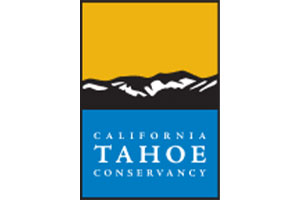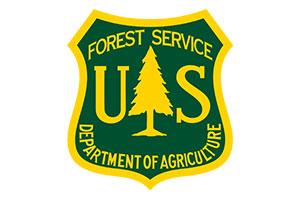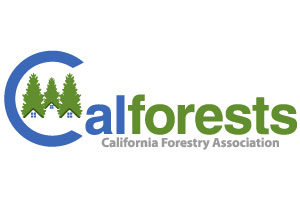TCSI partners work together to improve the health and resiliency of the forest ecosystems and communities in the Central Sierra and Lake Tahoe Basin.”
- Memorandum of Understanding for the Tahoe-Central Sierra Initiative
Data Sources: Project Area – TCSI, Imagery – Esri, Roads – Caltrans, Lakes – USGS National Hydrography Dataset, Cities – USGS Geographic Names Information System
Accelerating Forest Restoration Through Collaboration
Climate-amplified wildfire and drought threaten the health and resilience of forested watersheds of the Sierra Nevada. In 2017, federal, state, and private partners founded the Tahoe-Central Sierra Initiative (TCSI) to pilot innovative solutions to improve science-based forest management and restoration. The TCSI aims to restore the resilience of 2.4 million acres of Sierra Nevada forested watersheds and to act as a model for similar initiatives in other at-risk landscapes in the state. TCSI’s goal are to:
- Develop and implement forest health projects across the landscape. See examples on our Partners at Work page;
- Accelerate the administrative processes to complete these projects;
- Secure the necessary funding for these projects;
- Develop the next generation of biomass and wood-utilization facilities;
- Monitor forest health projects to understand our impact and continuously improve the outcomes.
The Tahoe-Central Sierra Initiative (TCSI) aims to restore the resilience of 2.4 million acres of Sierra Nevada forested watersheds.”
Our 10-Year Strategy
- Implementation - Treat overly dense forested areas, reduce forest fuels, restore areas impacted by disturbances, and protect areas that are in desired condition;
- Planning - Build a 10-year Project Portfolio to help develop sustainable funding streams, strategically sequence projects, and build appropriate capacity and workforce resources;
- Science - Support and incorporate robust science to inform management;
- Collaboration - Strengthen equitable partnerships and stakeholder engagement;
- Funding - Secure sustainable funding;
- Local Investment - Improve workforce capacity, local economies, and efficiency.





